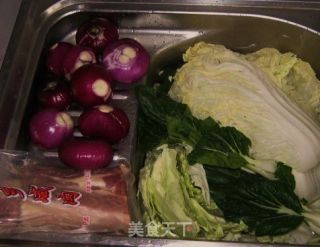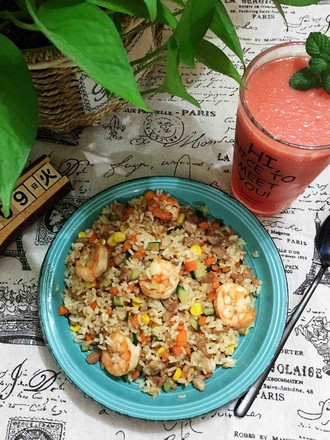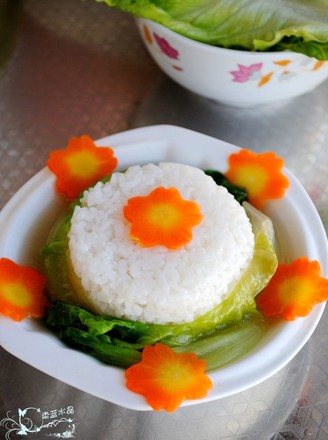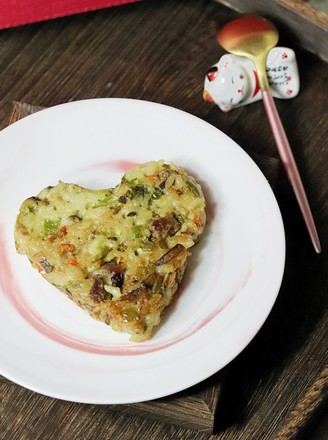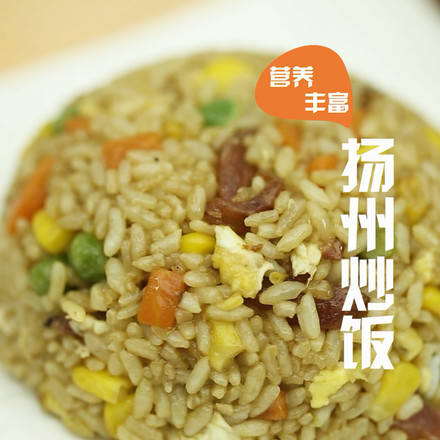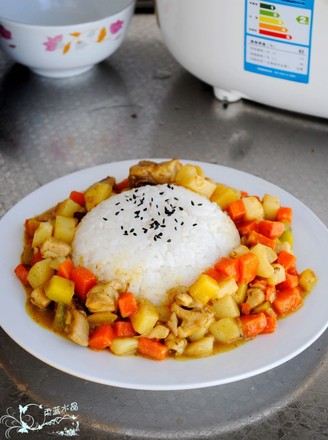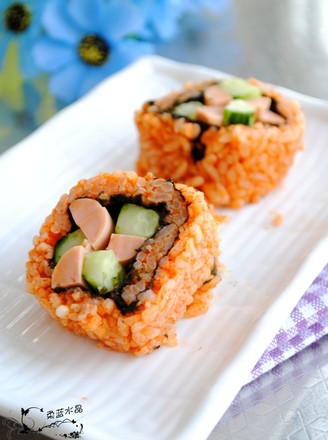American Shallot Oil Mixed with Bacon Rice
by Walking woman
Favorite
Difficulty
Easy
Time
15m
Serving
2
This recipe refers to the book <Half-full> by Ouyang Yingji, a literati and designer
The most enjoyable thing about cooking this vegetable rice is that I can "spend" vegetables in a big way! In addition, it not only satisfies the difficulties of the two old people who have a bad mouth and can't eat too many vegetables, but also gives children like Tao Tao who don't like to dip vegetables in a concentrated way.
The meal is integrated, which saves time and effort, and saves the amount of washing after eating. The rice absorbs the salty bacon, the sweet flavor of the vegetables, and the fragrant rice with red onion. "
The most enjoyable thing about cooking this vegetable rice is that I can "spend" vegetables in a big way! In addition, it not only satisfies the difficulties of the two old people who have a bad mouth and can't eat too many vegetables, but also gives children like Tao Tao who don't like to dip vegetables in a concentrated way.
The meal is integrated, which saves time and effort, and saves the amount of washing after eating. The rice absorbs the salty bacon, the sweet flavor of the vegetables, and the fragrant rice with red onion. "


